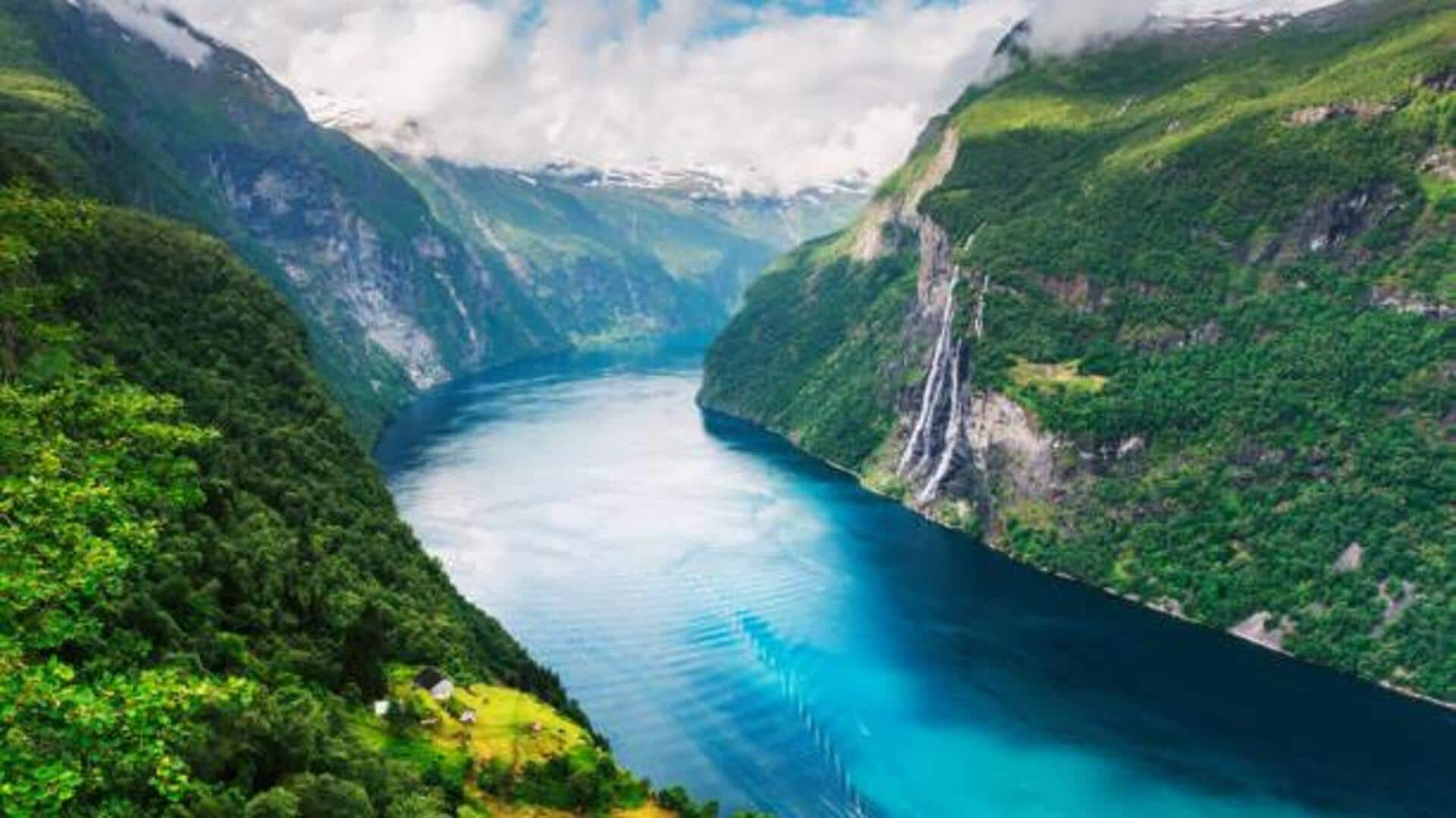
Norway's fjord diving: An adventure you can't miss
What's the story
If you're looking for something adventurous, you can head to Norway's fjord caves.
These caves are thousands of years old and can be explored by anyone curious enough to venture beneath the surface.
Stunning geological formations and marine life await you in the caves.
Whether you're an experienced diver or a curious traveler, diving into these fjord caves promises an unforgettable experience.
Sognefjord
Exploring Sognefjord's hidden depths
Sognefjord, the longest and deepest fjord in Norway, has several hidden cave systems just waiting to be explored.
Divers can expect to find fascinating rock formations as well as diverse marine life within these underwater caverns.
Sognefjord's clear waters ensure excellent visibility, making it easier to navigate through the intricate passages.
This area is perfect for both novice divers looking for a new challenge and seasoned explorers looking for something extraordinary.
Geirangerfjord
Geirangerfjord: A diver's paradise
If you're a diver who loves to explore underwater caves, Geirangerfjord presents another stunning spot.
Famous for its steep cliffs and waterfalls above the surface, this fjord has fascinating caves underneath the water.
Divers can traverse through tunnels created by nature over thousands of years, while spotting the rare aquatic species living in these caves.
The calm beauty of Geirangerfjord makes it an ideal spot for an adventurous dive.
Safety tips
Safety tips for cave diving adventures
Given the complexity and varying conditions of Norway's fjord caves, safety is key.
Make sure you are trained in cave diving techniques before heading out on such adventures.
Always dive with a buddy who has a similar level of experience, take the right equipment (lights, backup air supply) with you, and know the emergency procedures to follow in case of a problem in cave environments.
Timing tips
Best time of year for diving expeditions
The best time to dive into Norway's fjord caves is from late spring to early autumn.
During these months, the water temperature is warmer (it starts at 10 degrees Celsius/50 degrees Fahrenheit) and visibility is better.
By planning your trip during this period, you ensure a safer and more enjoyable experience, allowing you to explore the underwater marvels with clearer conditions.